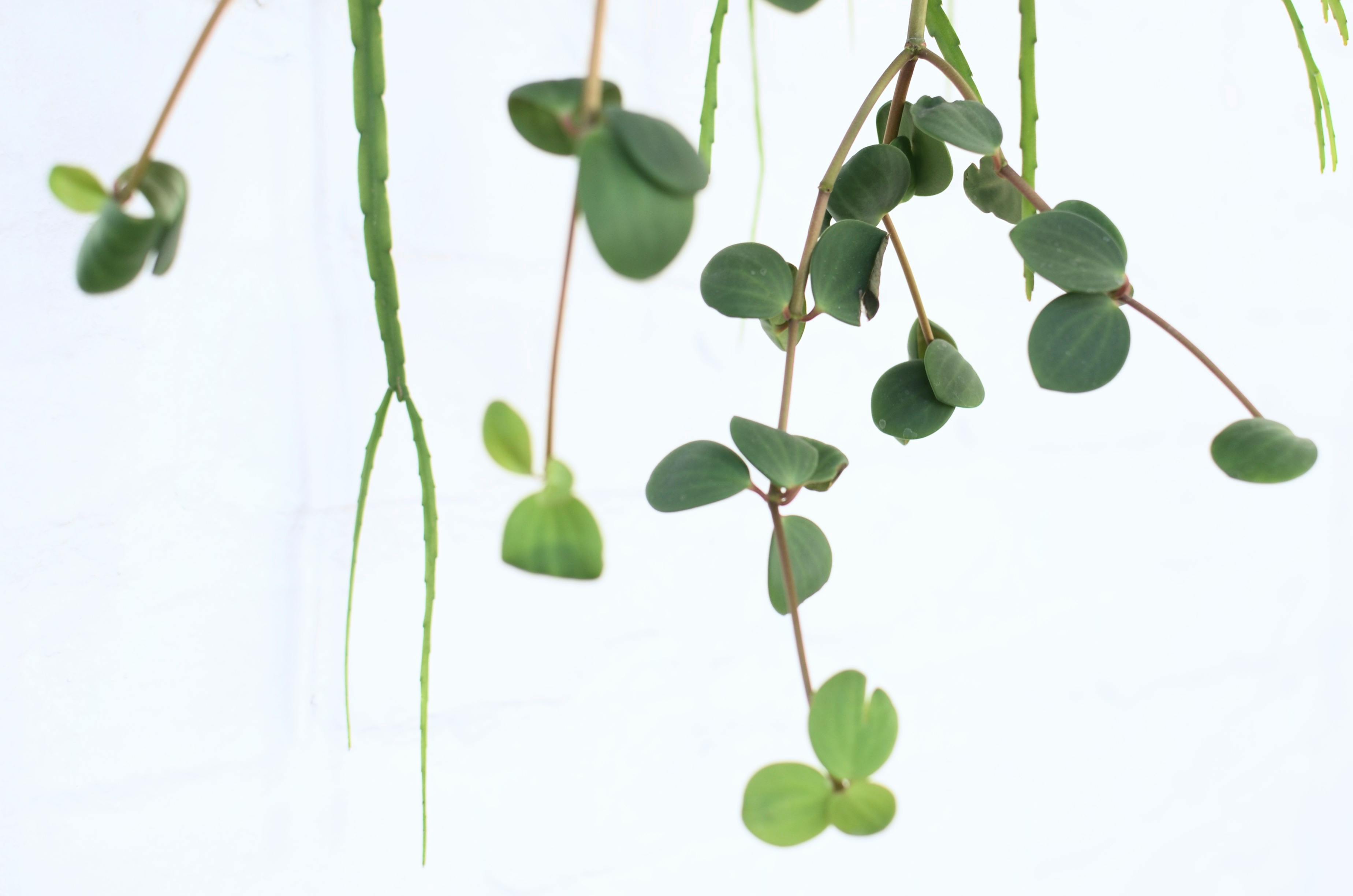Will Creeping Jenny kill other plants? This is a question many gardeners have asked when considering adding this attractive, versatile perennial to their landscape. Creeping Jenny (Lysimachia nummularia) is an evergreen, low-growing plant with yellow flowers and bright green foliage. The stems of this plant creep along the ground and spread quickly, often forming dense mats wherever they establish. While its aggressive growth habits can be beneficial in some applications, it can also be a nuisance when it invades other desirable plants in the garden. In this article, we will discuss whether Creeping Jenny can indeed kill other plants and how to manage its growth if needed.Yes, Creeping Jenny (Lysimachia nummularia) is toxic to other plants. It releases allelopathic chemicals that can inhibit the growth of nearby plants and even kill them.
Impact of Creeping Jenny on Other Plants
Creeping Jenny (Lysimachia nummularia) is a low-growing, spreading ground cover plant that produces yellow flowers. It can be an attractive addition to any garden but may have negative impacts on the other plants in the area. Creeping Jenny is a fast-growing and aggressive plant, and can quickly spread and take over a garden if not managed properly. It has shallow, shallow roots that will compete with other plants for resources such as water and nutrients in the soil. In addition, its dense foliage can block out sunlight from reaching other plants, which can stunt their growth or cause them to die.
Creeping Jenny is also considered to be an invasive species in some areas because of its rapid spread and ability to displace native species. In areas where it is not native, Creeping Jenny can choke out other plants and reduce biodiversity. If allowed to spread unchecked, it can even damage ecosystems by altering habitats and negatively affecting wildlife.
For these reasons, it is important for gardeners who choose to use Creeping Jenny in their gardens to keep it contained in order to reduce its negative impacts on other plants. This can be done by using edging material around the perimeter of the planting beds or containers that are planted with Creeping Jenny to prevent it from spreading into other areas of the garden. Additionally, pruning should also be regularly used to keep it from becoming too dense or overcrowded.
The Dangers of Planting Creeping Jenny Near Other Plants
Creeping Jenny (Lysimachia nummularia) is an attractive, low-growing perennial that makes a great addition to your garden. It produces bright yellow flowers and glossy green foliage that look great in rock gardens, borders, and even flower beds. However, it is important to be aware of the potential dangers of planting creeping jenny near other plants.
The main issue with planting creeping jenny near other plants is its ability to spread quickly. It can easily take over a garden bed if left unchecked, crowding out other plants and choking them out of the soil. This can be especially detrimental in smaller gardens where space is limited and there is not enough room for the jenny to spread without disrupting other plants.
Another potential danger of planting creeping jenny near other plants is its ability to become invasive in certain areas. This means that it can easily spread beyond your garden bed or borders, taking over nearby areas and crowding out native plant species. This can have a negative impact on local ecosystems and can even lead to drought-resistant species being displaced by the more aggressive creeping jenny.
Finally, because of its aggressive growth habits, creeping jenny can also choke out desirable plants in your garden that you want to keep around for their color or texture. If allowed to take over, it can eliminate all traces of these attractive plants from your landscape design.
For these reasons, it is important to be aware of the potential dangers of planting creeping jenny near other plants before bringing it into your garden design. If you do decide to use it in your landscaping project, be sure to keep it contained by using edging or barriers around its perimeter and monitoring its growth closely so that you can contain it before any damage occurs.

Are There Alternatives to Planting Creeping Jenny Near Other Plants?
For gardeners looking for a unique groundcover that offers texture and color, Creeping Jenny (Lysimachia nummularia) is an excellent choice. This plant has a low-growing habit and produces bright yellow flowers during the summer months. However, many gardeners are hesitant to plant creeping jenny near other plants due to its aggressive growth habit. Fortunately, there are a few alternatives that can be used as a ground cover in areas where creeping jenny might not be suitable.
One option is Ajuga, also known as bugleweed. This attractive and versatile plant has many varieties, each with its own unique color combination of leaves and flowers. Ajuga is also more tolerant of foot traffic than creeping jenny, making it an ideal choice for paths or walkways in the garden. Additionally, it spreads quickly and requires minimal care once established.
Another option is Irish moss (Sagina subulata). This hardy evergreen plant forms dense mats of soft green foliage which remains attractive all year round. It’s known for its ability to tolerate both drought and wet conditions, making it ideal for a variety of soil types. Irish moss also requires very little maintenance once established, making it an easy-care alternative to creeping jenny.
Finally, Sedum species make excellent ground covers in sunny locations where creeping jenny might not thrive. Sedums come in an array of colors ranging from green to purple and even pink or white depending on the variety chosen. These plants are extremely drought tolerant and require minimal care once established, making them an excellent choice for busy gardeners who don’t have a lot of time for maintenance.
Overall, there are many alternatives to planting creeping jenny near other plants if you’re concerned about its aggressive growth habits. Whether you choose Ajuga, Irish moss or Sedums as your groundcover of choice, you can be sure that any of these options will provide you with attractive foliage throughout the year with minimal effort on your part!
Can You Grow Creeping Jenny and Other Plants Together?
Yes, you can grow Creeping Jenny (Lysimachia nummularia) and other plants together. This low-growing perennial plant has a trailing habit that makes it ideal for ground cover in rock gardens, flower beds, and containers. It’s also tolerant of most soil types and can even tolerate some drought conditions. The bright green leaves of Creeping Jenny will add texture to any garden, while the yellow flowers add a splash of color from late spring to early summer.
While Creeping Jenny is quite hardy and easy to care for, it’s important to choose companion plants that will be compatible with this low-growing ground cover. Some of the best companion plants for Creeping Jenny include ornamental grasses, lamb’s ear (Stachys byzantina), coral bells (Heuchera spp.), and creeping phlox (Phlox subulata). These taller plants will help to provide contrast with the creeping foliage of Creeping Jenny, while their foliage colors will create a beautiful contrast in the garden.
It’s important to note that Creeping Jenny can become invasive if not kept in check. To avoid this, it’s important to deadhead spent flowers or cut back stems after flowering has finished. This will help prevent the plant from spreading too far or taking over other areas of the garden. It’s also important to keep an eye on its growth and prune back any stems that are getting too long or out of control.
With proper care and maintenance, you can easily create a stunning combination of plants using Creeping Jenny as a base plant. The bright green foliage will add texture to any garden while providing a beautiful backdrop for its taller companions.
Benefits of Growing Creeping Jenny with Other Plants
Creeping Jenny is an easy-to-care for, low-maintenance plant that is perfect for gardeners of any level. It grows quickly and can be used as a ground cover or to provide an attractive, natural border. When grown with other plants, Creeping Jenny can help to reduce weeds and provide support to plants that may not have the strength to stand on their own. This fast-growing plant also helps retain moisture in soil, which helps other plants thrive and prevents soil from becoming overly dry. Additionally, Creeping Jenny can act as a ‘green mulch’, helping to reduce the amount of water that evaporates from the soil.
Disadvantages of Growing Creeping Jenny with Other Plants
Creeping Jenny spreads quickly and easily so it’s important to keep it in check or it can begin to crowd out other plants in your garden. The fast growth rate also means it can be difficult to control if left unchecked. Additionally, Creeping Jenny requires plenty of sunlight and well-draining soil for optimal growth so if those conditions are not met, the plant may suffer. Finally, since Creeping Jenny is an invasive species in some areas, you should research local regulations before planting it in your garden.

Conclusion
In conclusion, it is difficult to determine whether or not Creeping Jenny will kill other plants. It can act as an aggressive weed, growing quickly and taking over garden beds, but it can also be used as a ground cover in moderation. Gardeners should be aware of the plant’s invasive nature and only use it where appropriate. If planted in an area with other plants, Creeping Jenny should be monitored for signs of aggressive growth that could damage nearby plants.
It is also important to ensure that the soil is well-draining and that the plant is not over-watered, as this can cause root rot which may damage other plants. With proper care and attention, Creeping Jenny can be a great addition to any garden.

